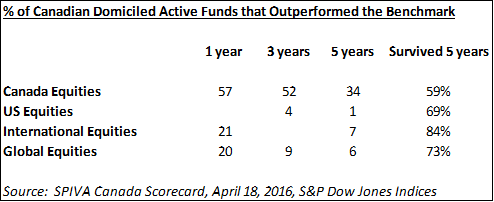
By Akaisha Kaderli
Special to the Financial Independence Hub
The other day I read an article about women and retirement. In this piece, the number one premise for motivation was that we should be afraid. Very afraid. It said that for the most part, men did the planning for retirement and that we as women rely on them blindly.
I dislike reading articles such as this, first, because it is fear-based but second, it doesn’t take into consideration the talents women contribute to the mix of partnership and planning. While it might be true that men are “wired to provide for the household,” women have moved into professions which pay grandly. Many marriages today are a different blend of partnership than what our own parents or grandparents enjoyed. Along with their jobs, many women still run the household, so why not get involved in retirement planning in a proactive manner?
Retirement is a boring word
The word “retirement” conjures up images of old people on pensions or perhaps pictures of those who no longer contribute powerfully to society with their expertise and knowledge. I prefer the description “financially independent” for the freedom, influence and self-reliance it implies.
One can choose financial independence at any stage of life and it’s an exciting and worthy goal. The younger a person begins on this path, the more you have in your favor.
Women, listen up






